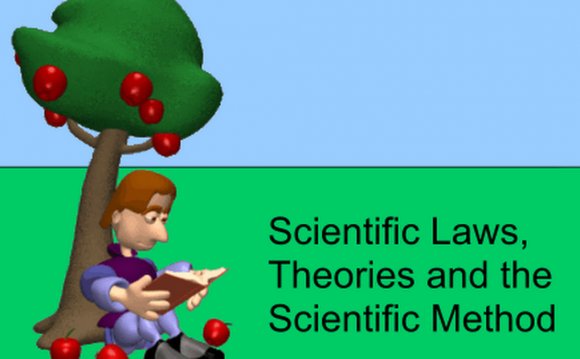
Words like “fact, ” “theory, ” and “law, ” get thrown around a lot. When it comes to science, however, they mean something very specific; and knowing the difference between them can help you better understand the world of science as a whole.
In this fantastic video from the It’s Okay To Be Smart YouTube channel, host Joe Hanson clears up some of the confusion surrounding four very important scientific terms: fact, hypothesis, theory, and law. Knowing the difference between these words is the key to understanding news, studies, and any other information that comes from the scientific community. Here are the main takeaways:
- Fact: Observations about the world around us. Example: “It’s bright outside.”
- Hypothesis: A proposed explanation for a phenomenon made as a starting point for further investigation. Example: “It’s bright outside because the sun is probably out.”
- Theory: A well-substantiated explanation acquired through the scientific method and repeatedly tested and confirmed through observation and experimentation. Example: “When the sun is out, it tends to make it bright outside.”
- Law: A statement based on repeated experimental observations that describes some phenomenon of nature. Proof that something happens and how it happens, but not why it happens. Example: Newton’s Law of Universal Gravitation.
Essentially, this is how all science works. You probably knew some of this, or remember bits and pieces of it from grade school, but this video does a great job of explaining the entire process. When you know how something actually works, it makes it a lot easier to understand and scrutinize.
INTERESTING VIDEO

![Scientific Theory Vs Scientific Law [NERDIE BITS]](/img/video/scientific_theory_vs_scientific_law_nerdie.jpg)









